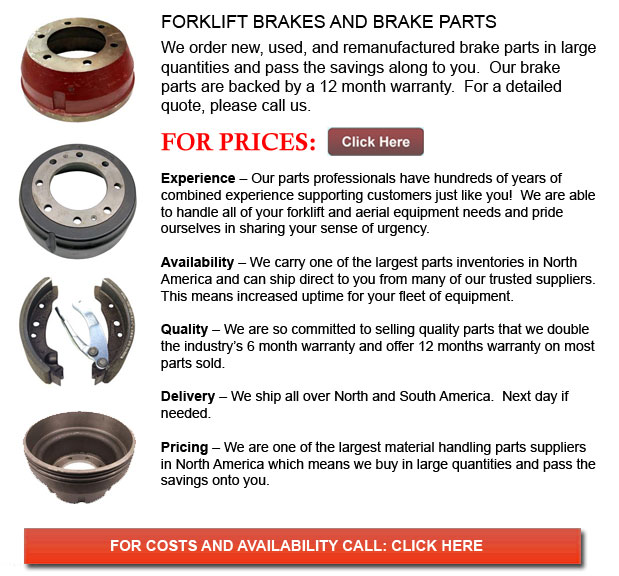
Forklift Brakes - A brake drum is wherein the friction is provided by the brake shoes or brake pads. The pads or shoes press up against the rotating brake drum. There are several other brake drums types with certain specific differences. A "break drum" would generally refer to if either pads or shoes press onto the interior surface of the drum. A "clasp brake" is the term used to describe whenever shoes press next to the outside of the drum. One more type of brake, called a "band brake" makes use of a flexible band or belt to wrap round the outside of the drum. Where the drum is pinched in between two shoes, it can be referred to as a "pinch brake drum." Similar to a typical disc brake, these kinds of brakes are quite uncommon.
Old brake drums, previous to 1955, required to be consistently adjusted so as to compensate for wear of the drum and shoe. "Low pedal" can result if the required adjustments are not performed sufficiently. The vehicle could become dangerous and the brakes can become ineffective whenever low pedal is combined with brake fade.
There are a variety of Self Adjusting Brake Systems accessible, and they could be categorized within two main types, RAD and RAI. RAI systems have built in equipments which prevent the systems to be able to recover whenever the brake is overheating. The most well known RAI makers are Bosch, AP, Bendix and Lucas. The most well-known RAD systems comprise Bendix, Ford recovery systems, Volkswagen, VAG and AP.
Self-repositioning brakes usually utilize a device which engages just whenever the motor vehicle is being stopped from reverse motion. This stopping method is suitable for use where all wheels utilize brake drums. Most vehicles nowadays make use of disc brakes on the front wheels. By working only in reverse it is less likely that the brakes will be applied while hot and the brake drums are expanded. If adjusted while hot, "dragging brakes" can take place, which raises fuel consumption and accelerates wear. A ratchet mechanism which becomes engaged as the hand brake is set is another way the self adjusting brakes can operate. This means is only suitable in functions where rear brake drums are used. Whenever the parking or emergency brake actuator lever exceeds a specific amount of travel, the ratchet improvements an adjuster screw and the brake shoes move in the direction of the drum.
There is a manual adjustment knob placed at the base of the drum. It is generally adjusted through a hole on the other side of the wheel and this requires going beneath the vehicle utilizing a flathead screwdriver. It is of utmost importance to move the click wheel properly and modify each and every wheel equally. If uneven adjustment occurs, the vehicle may pull to one side during heavy braking. The most efficient way to make certain this tiresome job is done carefully is to either lift each and every wheel off the ground and hand spin it while measuring how much force it takes and feeling if the shoes are dragging, or give every\each and every one the exact amount of clicks using the hand and then do a road test.
![]() Click to Download the pdf
Click to Download the pdf
Forklift Parts
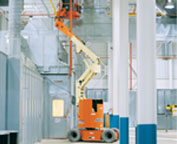
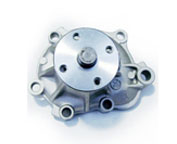
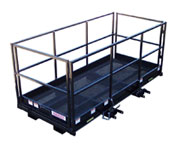
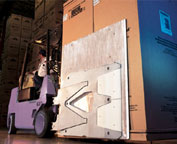
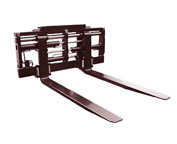
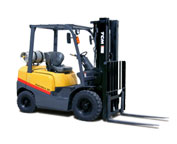
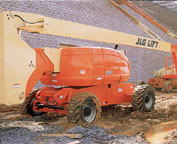
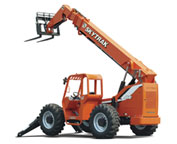
Lift Parts Express
TOLL FREE: 1-888-695-7994
Cleveland, Tennessee
forkliftsincleveland.com
Email Us
About Us


